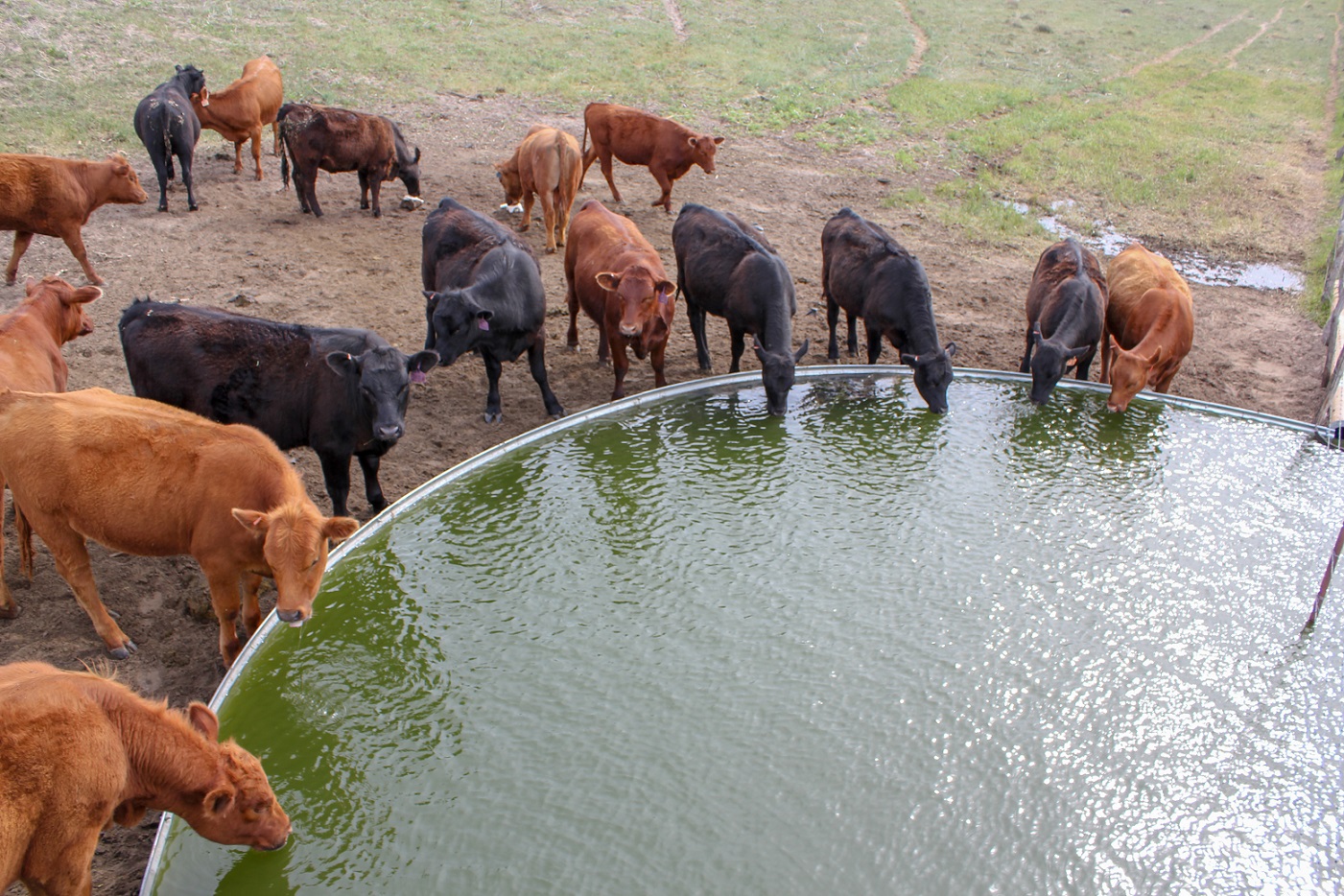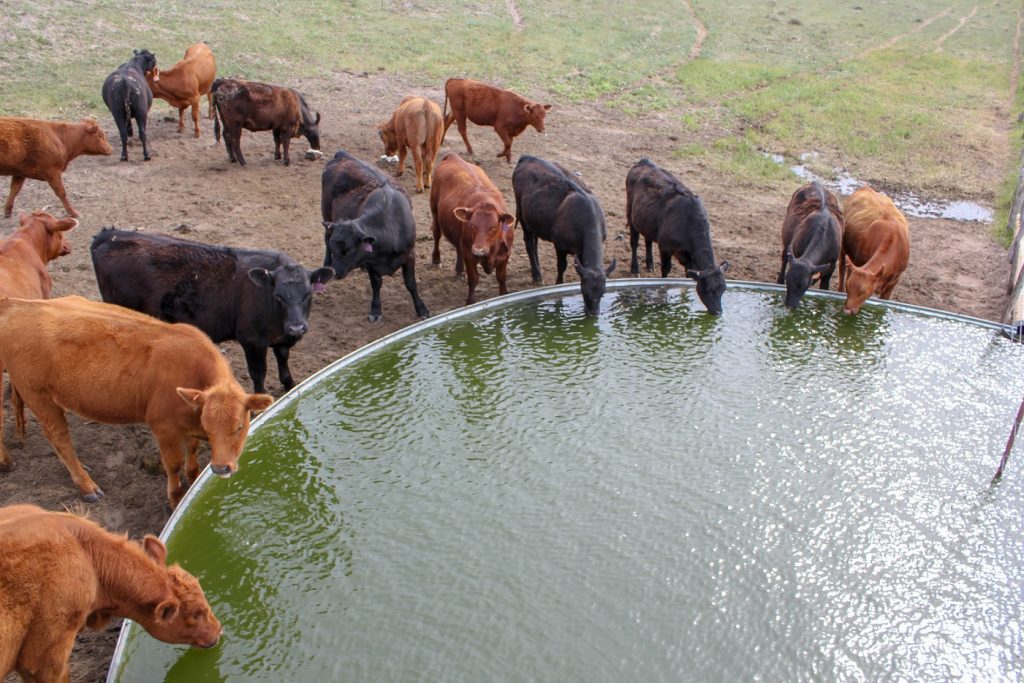BROOKINGS, S.D. – For livestock producers, ensuring consistent access to water for animals is a daily essential. This often involves regular checks of water tanks, a task that can be time-consuming and expensive, particularly for remote pastures. It’s estimated that such checks can cost over $1,500 a year in fuel alone.
Equipment failure and freezing tanks can hinder water access, leading to severe consequences like a decline in animal performance and even death, resulting in substantial financial losses.
The arrival of water monitoring technology is offering a revolutionary solution. Trail cameras and stock tank monitors are emerging as game-changers, enabling producers to monitor water sources remotely and efficiently.
Cellular-based trail cameras provide a cost-effective method to visually monitor stock tanks. These cameras, priced between $50 to several hundred dollars, offer flexibility and ease of installation. They can be scheduled to send images regularly, ensuring visual confirmation of water availability. The effectiveness of these cameras is reliant on strong cellular service at the watering location.
On the other hand, stock tank monitors, although more expensive, starting at $500, offer in-depth data collection. These devices are generally solar-powered and utilize satellite communication, ensuring data transmission from any location. While they lack a camera for visual confirmation, the depth of data and metrics they provide can be invaluable.
Before opting for any of these technologies, producers need to weigh several factors including cellular connectivity, subscription fees, and the secure mounting of units. The implementation of such technology should make sense for the individual operation, considering the learning curve and trust in the accuracy of the monitoring.
Logan Vandermark, Hector Menendez, and Jameson Brennan from SDSU Extension are available for further inquiries regarding this transformative technology.













